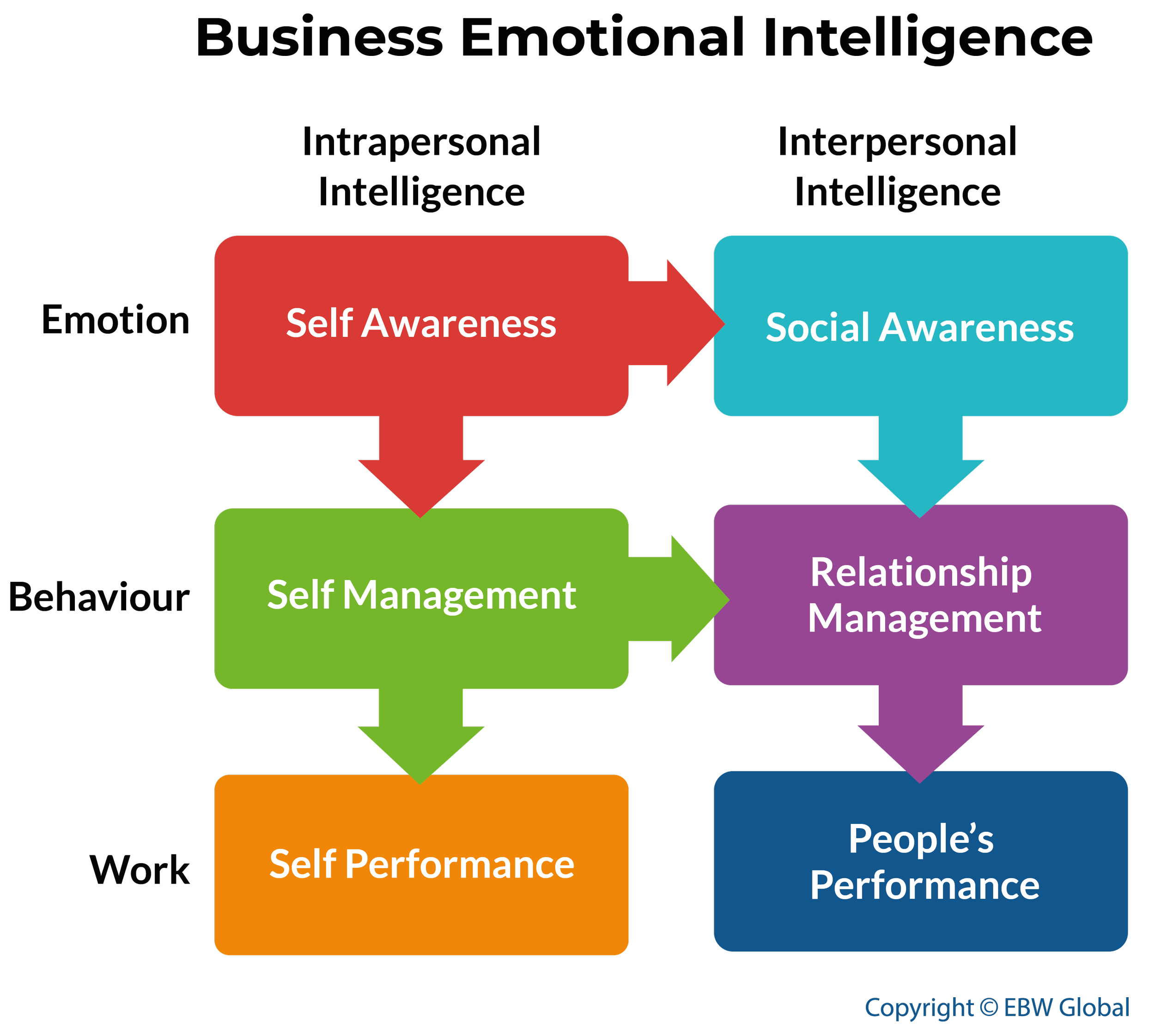Are your teams really engaged in their work?
Techniques to galvanise employee engagement
Pandemic. Remote work. Home-schooling. There are a lot of reasons people might be less engaged at work right now.
But did you know, only 13% of employees worldwide are likely to be "engaged" at work?
That is according to Gallup's 142 country study on the “State of the Global Workplace”. And their survey in 2017 found that only 8% of UK employees were engaged at work and that was before the massive upheaval the world of work has gone through in the last year.
And even before the pandemic Gartner’s 2019 Modern Employee Experience survey found that only 21% of highly engaged respondents reported having a “high-quality worklife experience.”
In other words, only about one in eight workers are likely to be psychologically committed to their jobs and be making a positive contributions to their organisations.
The bulk of employees worldwide (63%) are "not engaged," meaning they lack motivation and are less likely to invest discretionary effort in organisational goals or outcomes. And 24% are "actively disengaged," indicating they are unhappy and unproductive at work and liable to spread negativity to co-workers.
Even taking into account a certain degree of error, on the face of it the research paints a very bleak picture of the psychological state of those in engaged in work.
It is not surprising that when Harvard Business Review asked leaders to identify those factors that had a direct impact on the success of their business they listed gaining a high level of employee engagement as one of their top 3 factors (others top factors were being able to achieve a high level of customer service and effective communications).
Now take a minute to imagine this: without spending a penny more on payroll, imagine what it would be like to have 60 percent to 80 percent of your clients’ employees engaged and none disengaged. The potential for your business is staggering!
So, how do we get people engaged? How do we get leaders and teams to be more engagaged when they working from home?
Research shows that great leaders consistently take 3 important actions.
They firstly assess, secondly they change the technical application of job roles and thirdly, most importantly, they develop and use their Emotional Intelligence to communicate and develop an interpersonal connection with those they are responsible for.
Here is an overview of those three actions:
Action One – Assessment
Successful leaders are consistently assessing to check that those for whom they are responsible are engaged. This does not have to be a sophisticated or complex assessment. For example: here are 6 straightforward statements that can be used to assess and help you understand if a workforce is engaged:
■ In the last seven days, someone has recognised me for my work
■ I have the tools that I need to perform my job
■ My manager cares about me/understands me
■ I have someone at work encouraging my development
■ I know what’s expected of me at work
■ My colleagues are committed to doing quality work
Action Two – Changing the Technical Application of Job Roles
Good leaders get employees to feel informed and part of the organisation. They help them to see the connection between what they do and the bottom line. By doing this the employees’ contribution becomes real.
On a practical level, leaders do this by putting employees in positions where they have the ability to exercise judgment in doing their jobs and where they learn over time through feedback from customers (internal or external) to do that job better.
Structurally, this means that great leaders open up the decision-making authority, allowing power and responsibility to be decentralised from the leadership out into individual teams.
Action Three – Developing an Interpersonal Connection
Finally, the most important action, that connects the first two actions together, is the Emotional Intelligence bit. Great leaders ensure that employees feel a real connection to them and their customers/stakeholders.
Great leaders ensure the employee feels appreciated by offering employees autonomy, mastery, purpose, and a strong sense of affiliation. But what does this mean in practice?
Above: EBW Business Emotional Intelligence Model Diagram
They use their Business Emotional Intelligence to manage their emotions and behaviour and they use their undertanding of emotional behaviour to role model and engage with the people they work with (see diagram right).
This ensures that the workforce engages in their work not just on a technical level but also at a deeper level as well by understanding the emotions and behaviours that underpin their own and their team's performance.
If you are interested in developing the above skills in your organisation, or to become a more inspiring leader yourself, the engagement tactics suggested above reflect the Business Emotional Intelligence approach from the EBW Emotional Intelligence Assessment and companion to the Powerful Leadership Programme.
Find out below how investing in Business Emotional Intelligence will improve leadership and team engagement in your organisation.
Discover How Business Emotional Intelligence Transforms Leaders and Teams
If you would you like your leaders and teams to improve their decisions and the way they work together, click a button below to see how investing in Business Emotional Intelligence can make a difference or find an EBW Certified Partner to help you.


